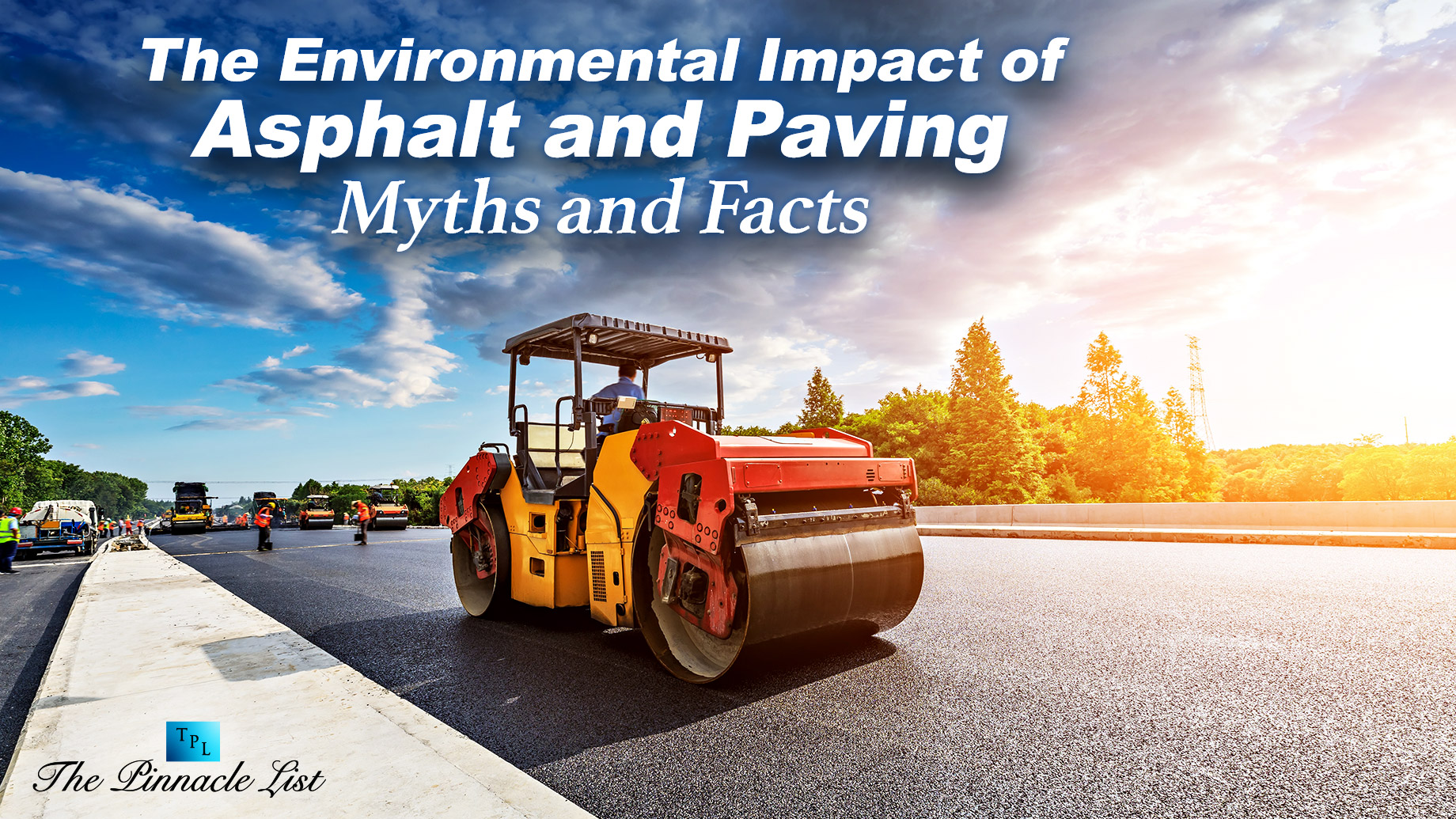
Asphalt and paving are everywhere, from highways to driveways, but what’s their real impact on the environment?
There’s a lot of buzz around the topic, with myths and facts often tangled up. In this piece, we’ll dig into how paving materials affect the planet, clear up some misconceptions, and explore the hidden environmental costs.
Ready to rethink that smooth, black road beneath your feet? Let’s go!
Asphalt and Paving Are Major Sources of Pollution
Asphalt and paving are often seen as major contributors to pollution. When new roads or driveways are built, the production of asphalt can release harmful chemicals into the air.
This includes VOCs and particulate matter, which can affect air quality and health. In addition, runoff from paved surfaces can pollute water sources. When it rains, water flows into nearby streams and rivers that carry:
- Oils
- Heavy metals
- Chemicals
This runoff can harm aquatic life and degrade water quality. While efforts are being made to reduce these impacts, asphalt and paving still play a big role in environmental pollution.
Asphalt is Completely Non-Recyclable
Another common belief is that asphalt is completely non-recyclable, but that’s far from the truth. Asphalt is one of the most recycled materials in the world.
Recycled asphalt can be repurposed for new road construction, offering an environmentally friendly solution. This minimizes the demand for fresh raw materials and supports resource conservation.
Recycling asphalt is not only possible, but it’s also widely practiced. About 99% of asphalt removed from roads is reused in the construction of new pavement.
This helps lower the environmental impact of paving by cutting down on waste and reducing the demand for new materials.
Paving Contributes to Urban Heat Islands
Paving is often linked to urban heat islands, where cities become warmer than surrounding areas. Asphalt absorbs heat from the sun, which can increase temperatures in urban spaces, especially during summer.
This effect is more noticeable in areas with lots of pavement and few trees or green spaces. However, paving is not the sole cause of urban heat islands.
While asphalt does contribute to the heat, other factors like buildings, traffic, and limited vegetation also play a big role. It’s the combination of these elements that creates the UHI effect, not just paving alone.
Permeable Asphalt Solutions Exist
Unlike traditional asphalt, which blocks water, permeable asphalt allows rain to seep through and be absorbed into the ground. This helps prevent flooding and reduces pressure on drainage systems.
If you’re considering new paving for your property, a driveway paving company can offer permeable asphalt as an option. This type of paving not only helps manage water flow but also reduces the environmental impact of your driveway.
By choosing this method, you’re making a smart decision for your home and the planet.
Exploring the Environmental Impact of Asphalt and Paving
It’s clear that asphalt and paving have challenges, yet there are also opportunities for improvement. From recycling asphalt to using permeable solutions, we can make paving more sustainable.
If you’re planning a paving project, contact trusted residential asphalt paving contractors today to learn more about how you can make a positive impact on the planet while enhancing your property.